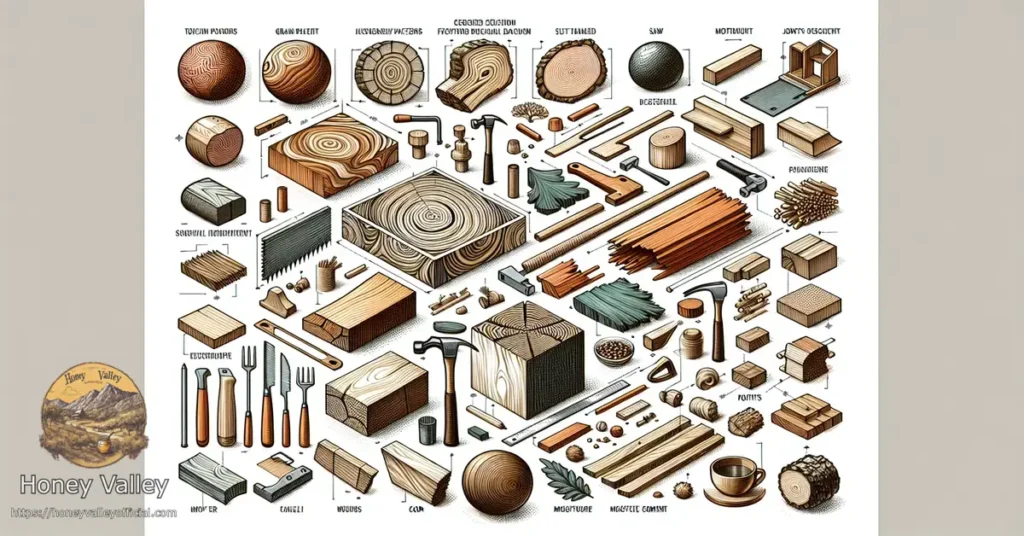Mould and mildew infestations can be a serious problem in buildings, causing not only aesthetic issues but also potential health hazards. Identifying the length of time a building has been infested with mould or mildew and assessing the extent of damage it may have caused is crucial for effective remediation and prevention. In this article, we will discuss some methods and indicators that can help determine the duration of infestation and evaluate the damage.
1. Visual Inspection
One of the initial steps in determining the length of time a building has been infested with mould or mildew is through a visual inspection. Look for visible signs of mould or mildew growth on surfaces such as walls, ceilings, floors, and other areas prone to moisture. Pay attention to the color, texture, and size of the mould or mildew patches as they can provide clues about the age of the infestation.
2. Odor
The presence of a musty or earthy odor is often an indication of long-term mould or mildew growth. The smell is caused by microbial volatile organic compounds (MVOCs) released by mould and mildew. If you notice a persistent unpleasant odor, it may suggest that the infestation has been present for an extended period.
3. Water Damage
Water damage is closely associated with mould and mildew growth. Assessing the extent of water damage in the building can provide insights into the duration of the infestation. Look for signs of water stains, discoloration, or watermarks on walls, ceilings, and floors. These indications can help determine if the moisture problem has been ongoing.
4. Building Maintenance Records
Reviewing the building’s maintenance records can provide valuable information about previous mould or mildew issues. Check for any past reports of mould remediation, water damage repairs, or complaints related to indoor air quality. These records can help establish a timeline and give an idea of the recurring nature of the problem.
5. Building Materials
The type of building materials affected by mould or mildew can also provide clues about the duration of the infestation. Different materials react differently to moisture and mould growth. For example, mould growth on porous materials like drywall or wood usually indicates a longer duration of infestation compared to non-porous surfaces like glass or metal.
6. Expert Assessment
In complex cases or when a more accurate evaluation is required, it is advisable to seek the expertise of a professional mould inspector or indoor air quality specialist. These professionals have the knowledge and tools to conduct thorough assessments, including air quality testing, moisture measurements, and sampling analysis. Their findings can provide a comprehensive understanding of the extent of mould or mildew damage and the duration of the infestation.
7. Health Symptoms
In some cases, occupants of the building may experience health symptoms associated with mould exposure. These symptoms can range from respiratory issues, allergies, or skin irritations. If individuals have been consistently experiencing such symptoms, it may suggest a prolonged presence of mould or mildew in the building.
It is important to note that while these methods can help determine the length of time a building has been infested with mould or mildew and assess the damage, professional assistance is often necessary for a thorough and accurate evaluation. Mould remediation should always be carried out by trained professionals to ensure the safety and effectiveness of the process.
By identifying the duration of the infestation and evaluating the extent of damage, appropriate remediation measures can be taken to eliminate the mould or mildew problem and prevent future occurrences.


